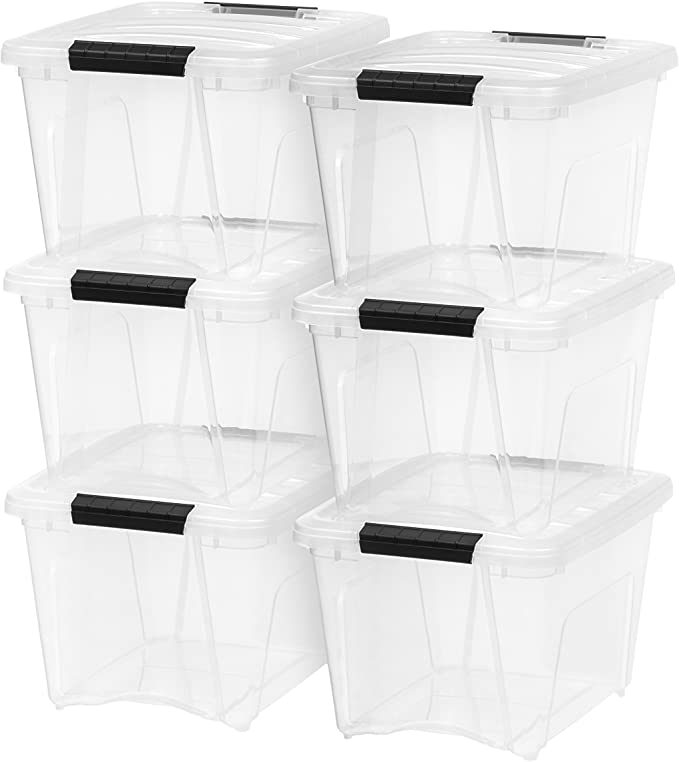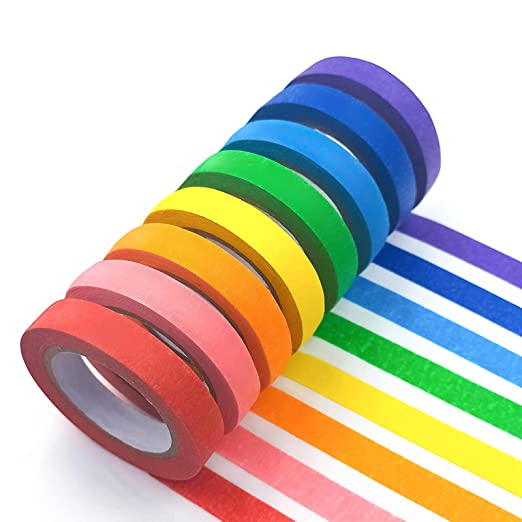I’ve decided to write a few series of posts focused on different topics. Although these posts will definitely not be as steamy as Bridgerton or as jaw-dropping as Ozark, I hope they will help you in your teaching journey! The first topic is storing materials for science lessons!
**This post includes affiliated links. I receive a little money when you use my link to purchase these items. This way, I can keep creating gorgeous and helpful resources for you!

Science in the classroom is unlike any other subject, besides being super awesome and super engaging. Science comes with many challenges, and one of those challenges is storing materials, especially elementary science supplies! Unlike high school science teachers, elementary teachers have many supplies for other subjects. There are so many awkwardly shaped objects, packets of seeds, textbooks, breakable objects, protective equipment, and more! So how do you store materials since classrooms often don’t have stock rooms or storage areas?
Organizing And Storing Materials For Science Lessons
Elementary classroom science experiments often come with a lot of science classroom materials and of course, hands-on fun! Here are some different ways and objects to store school science materials for your science lessons.
Rolling Carts
With so many different materials for each unit in science programs, storing materials can be challenging. I suggest getting a couple of these rolling carts if you have the room! You can have students hold their bean plants, notebooks, beakers, really any larger objects which take up a lot of desk or counter space. Plus, you can easily roll them to the sunshine or the back of the room or a closet when not being used!
Plastic Trays
Have a science experiment that gets a little messy? These plastic trays are the perfect way to keep the mess contained. The tray allows for easy access materials to be shared throughout the experiment or project since students can put the tray right in the middle of the partners or small group. Using these trays makes demonstrations easy. Remember, if you have glass beakers or anything breakable, safety first. Grab deeper trays to ensure those items will not fall out if a desk is accidentally bunked or a student tips the tray.
Supply Caddies
If your lesson plan is calling for scissors, glue, colored pencils, or even more specific science materials like tweezers, magnets, and test tubes during science lessons, but you don’t have the room for the large rolling carts I mentioned above. You could grab these supply caddies. The handle is perfect for little learners to carry and most school science supplies will fit easily into the different areas available.
Storage Bins
Having plastic bins is better than storing materials throughout your classroom! Label each container with the materials inside, the science unit, and the lessons you use them for. If they are breakable science classroom supplies, you use them multiple times during the year and need to be stored with care. Grab an egg crate mattress topper.
Store any breakable materials between the layers of foam. It will not only keep things from breaking, but since you can create multiple layers, material storage won’t include bins upon bins anymore! Stackable bins are even better because they won’t take up as much room when they are stored.
Removable Labels
The best thing I ever did was buy labels with pockets. This way, I could change the labels without trying to put a new sticker on or peeling an old sticker off! Plus, having them color-coded helped a ton too, and I knew which unit I was looking at and which materials were in which bin.

Plus, I sometimes have awful time management skills and don’t realize I have to prep 900 materials for my science lesson the next day. Having all the materials in one bin and labeled has saved me plenty of times!
Colored Tape
This is probably one of my favorite organizational ideas because there is so many beautifully designed tape in stores nowadays. Often times the best science supplies have to be shared within a group. If your lesson plan calls for growing plants or observing worms there are never enough containers or materials for every child to have their own.
If you have group materials such as a potted plant, or a worm habitat assign each group a tape color. This is always easier to remember than a number, letter, or where they put it in the classroom!
How Storing Materials For Science Lessons Will Help
There are so many reasons you need to make sure you have you’re organizing lesson materials. The first reason is because of classroom management. When you are unorganized and looking for supplies last minute, your students will have a lot of free time to get a little crazy. It’s always hard to pull them back in when they’ve been given the taste of freedom. Plus, if you are still disorganized the lesson is not going to go as smoothly as you would hope, most likely causing some student behaviors to arise.
Another reason you want to be organized is your ability to teach. When organizing lesson materials moments before you teach, you will be fumbling instead of getting into science pro mode and running out of time to teach the lesson well!
Storing Materials For Science Lessons
So there you have it, all of my favorite storage ideas in one place. I know there are so many other ways for storing materials for science lessons, and I bet many of you have some creative ideas! Feel free to share them with me, I always love when someone shares a good organizational tip!
Check out this other helpful science blog post!
How to Manage Hands-On Science Experiments With Elementary Students







Leave a Reply